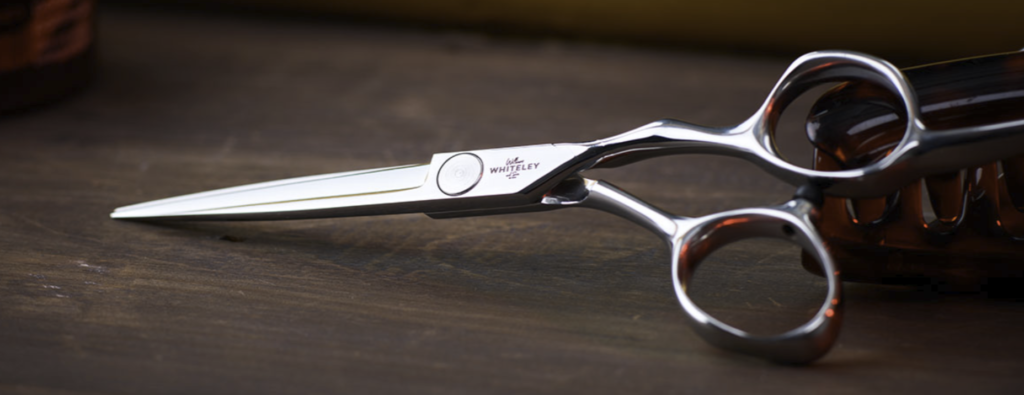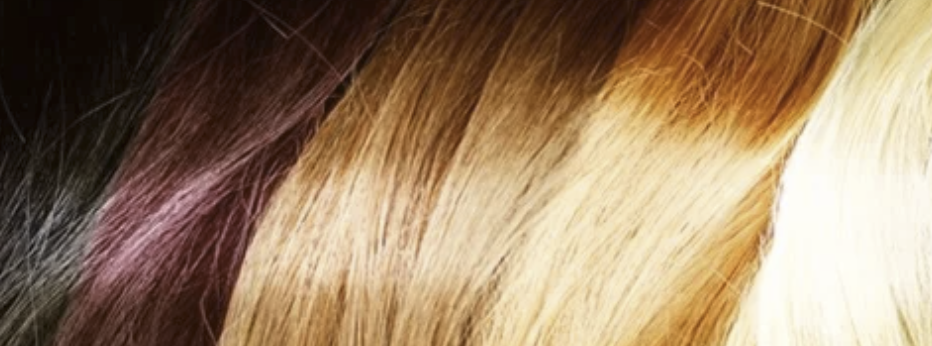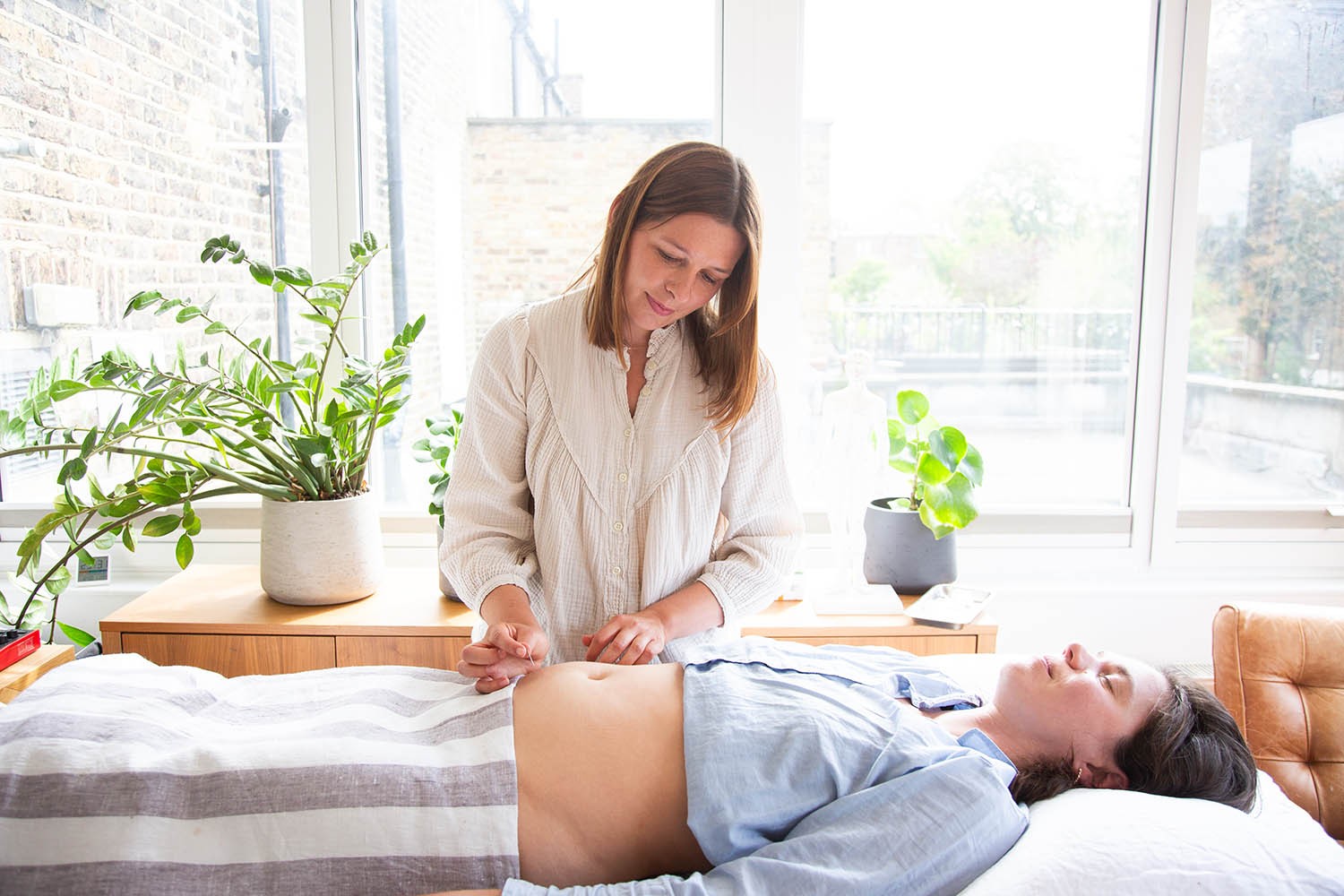Amy Silverston offers tips and pointers

So you’ve had a baby (some time ago now). You might be back to the same weight (sort of), though clothes don’t fit like they used to. Putting your face on is a bit hit and miss (away from the office who cares) but hair? Grab the hair clips or combs, tie it back with a scrunchy or giant clip and try to forget it.
When we were 18 it didn’t really matter. It looked good (and much the same) whether we did nothing or spent an entire Saturday in front of the mirror. But you get to a certain life stage and motivation slides (can’t face communal changing rooms). You feel you should have an idea to instruct the hairdresser, and end up not going. Then, one day, there are you are in Boots to buy toothpaste and the hair dye aisle makes brightening things up seem simple. Easy to use, shampoo in.
The overlooked word is ‘permanent’. That means it won’t shampoo out. Oh, shit. Those odd grey hairs may be gone, but the whole damn lot is now the wrong colour and you look… weird.
Having my hair cut in our conservatory (three kids and both parents in the same session – the children not moaning about how long it takes as they return to battling for world domination on their computers), on behalf of the women of the TPP, I picked the brains of the lady wielding the scissors.
Susan has been doing my (and my late husband’s) hair for at least 30 years, so the ‘what are you doing on Saturday night’ conversation ran its course about 19 years ago. She was recommended by an academic author friend who lives abroad, returning to London every couple of months to see her publisher and get her hair cut. Sally’s unruly blonde-going-grey hair prompted the editor to recommend her own hairdresser. Susan made it look like Sally was not going grey but neither did her hair look like a straw hat. The cut would last two months or more. And it meant Sally looked presentable in the book jacket photos.

Why Dye?
Apparently people colour their hair to cover up grey, to add texture to fine hair, to enhance a haircut, to create interest when the colour is bland – or just out of boredom.
- Don’t attempt to recreate the colour you think you are (or used to be). Everyone is lighter than they believe, because your hair is a mixture of shades.
- A single block of colour makes it look a lot more intense than you want.
- We change as we get older, sometimes getting darker (deep blonde to mousey brown) as well as paler.
- Colour chart names are to be taken with the same scepticism as a Dulux colour card.
- There no such thing as naturally all black European hair. Fine if you are a teenage Goth and want to look like the undead aspiring to residence in Highgate Cemetery, but not if you want to look like a grown-up.
- ‘Dark brown’ dye is also much darker than you think – just two shades from black. If you think your hair is brown, it’s probably ‘dark blonde’.
- If there are a few grey hairs, stand on the other side of the room from the mirror and try to spot them. No, nor can anyone else.

Dealing with Grey
This is a one-way street and less is more or you are in for a lifetime of time-consuming and expensive high maintenance. More effective tactics include:
- Create a greater focus of interest with a really good, smart cut.
- Use camouflage – high and lowlights of different tones. These are more subtle and regrowth is less noticeable.
- Temporary, vegetable colours are more subtle – the grey hairs turn a paler shade of the rest, like highlights – and they wash out in 6-8 washes, making them a good way to experiment and find out if you want to go further down this road.
Permanent, over-all colour is the last resort. If you are doing this yourself there will be a build-up of dye along the length of the hair shafts. The ends will be a deep, intense colour while the roots with a single coat are paler (the colour the dye is meant to be). The answer is to only get the roots re-dyed; not something that can be done effectively or easily yourself.

Going Blonde
- It’s difficult to achieve the perfect blonde. It needs to suit your skin tone or the effect is like wearing a colour of clothing that doesn’t suit you. Go and try on wigs to see what you will look like (Google ‘London wig shops’).
- Brassy blonde comes from using too much colour.
- Best not to go blonde all at once: start with a few highlights and build up to what you want to achieve.
Maintenance
The more subtle the colour, the longer you can go between maintenance sessions. Most high- maintenance is permanent, overall colour.
Dealing with Mistakes
It’s easier to add than take away so know the result you want before you start. When a hairdresser has to deal with what was done by the one you have now vowed never to use again, the reversal can be tricky because the second doesn’t know what the first did. It may take several visits to sort out.
The Cost
We skimp on haircuts and buy home dye because we don’t want to squander money or have the time to go to the salon. But unlike expensive, special occasion outfits, we wear our hair every day.
Instead of getting depressed in changing rooms, or making ourselves miserable on a diet, we can transform how we look and feel by investing less than the cost of a party dress in a really good cut – and, if you feel inclined, some clever colour.
Good salons can be expensive and intimidating. A home hairdresser – well trained with some solid salon experience – is good value. However, if very young, incredibly cheap and a bit vague about their qualifications and experience, you will get what you pay for. Get references and take them up.
Like many of us, many home hairdressers began working that way after they had children – her daughter was at nursery school when Susan started cutting my hair; Olivia is now a PhD in chemistry.
Postscript
This was written 10 years ago. I am now 61 and my hair is all sorts of colours, from as dark as it was when I was 18 through to streaks of white. Susan is still cutting my hair and forbidden to ever retire. My three boys went through the inevitable teenage stage of wanting to go to the barber like their friends, with identikit results. Now 24, 20 and 18, they co-ordinate jobs and university to all be here when Susan can cut their hair.
With thanks to Susan Pithie 07961 462 111 for her contribution to this piece.

